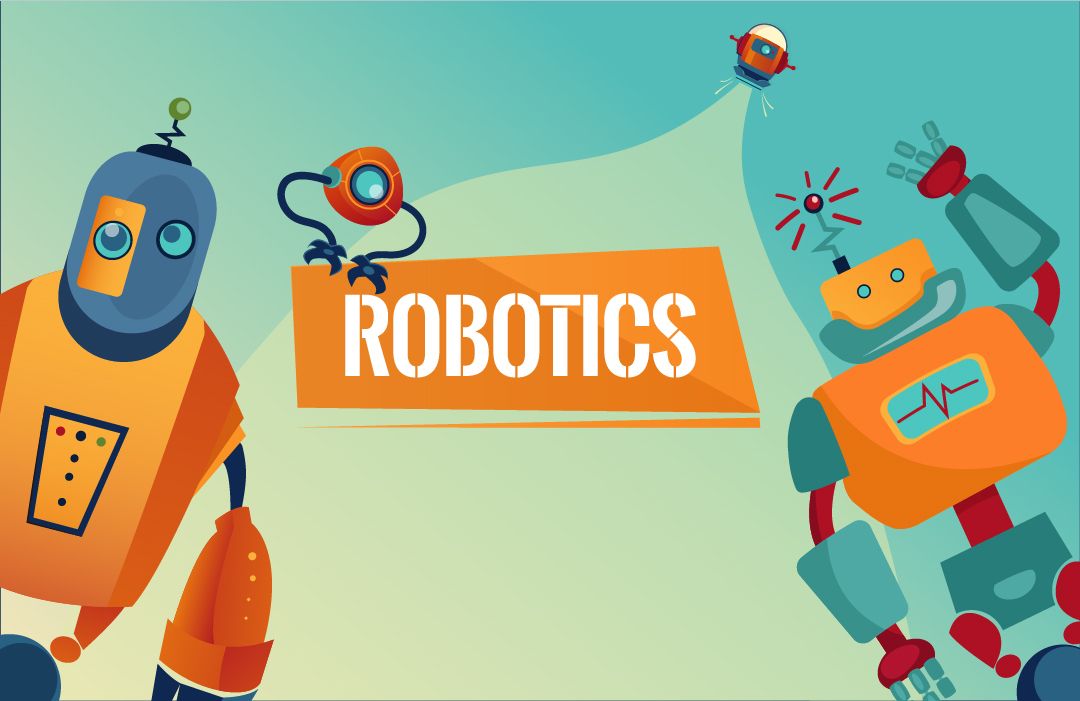The importance of experiential education and hands-on classroom learning has recently increased. Establishing tinkering labs in schools is one of the biggest developments in this area. Students may explore, experiment, and create in tinkering labs, which develops their creativity, problem-solving abilities, and conceptual knowledge. Let us examine the idea of “tinkering labs” in schools, their advantages, and how they are changing the face of education.
A tinkering lab, often called an innovation lab or creative space, is a specially designated space at a school where students may work on practical projects, frequently utilizing various instruments, resources, and technology. These labs are designed to encourage students to discover new interests, acquire new abilities, and work creatively with classmates on projects. With resources including 3D printers, laser cutters, electronics kits, and robotics parts, tinkering lab in school enable students to work on projects ranging from simple crafting to complex development.
The Advantages of Tinkering Lab in school
Encourages Creativity: Students are allowed to freely explore and develop their creative ideas in tinkering labs.
Develops Problem-Solving Skills: By working on hands-on projects, students learn to identify problems, develop solutions, and enhance their designs via practical project work. This process helps develop critical thinking and problem-solving skills.
Promotes Collaboration: Tinkering labs are frequently places where students may collaborate on projects with one another. This kind of cooperation encourages idea exchange, communication, and teamwork.
Encourages Innovation: tinkering lab in school can be used by students as a platform to be creative and come up with innovative ways to solve issues in the real world. By doing this, kids develop a sense of innovation and get ready for the workforce of the future.
Improves Education: It has been proven that experiential learning improves conceptual understanding and memory. Learning becomes more interesting and engaging when theoretical information is applied practically, which is what tinkering labs provide.
Promotes Creativity: Tinkering labs in school provide a space for K-12 students to explore their creativity and turn their ideas into reality. By working on hands-on projects, students can experiment with different materials and technologies, encouraging them to think outside the box and come up with innovative solutions to problems.
Enhances STEM Skills: Tinkering labs focus on subjects such as science, technology, engineering, and mathematics (STEM), helping K-12 students develop skills in these areas. These skills are in high demand in today’s workforce and are crucial for success in many careers.
Improves Academic Performance: Research has shown that hands-on, experiential learning can improve academic performance. Students who engage in tinkering activities often demonstrate higher levels of engagement, motivation, and achievement in their studies.
Implementing Tinkering Labs in Schools
To successfully implement tinkering labs in schools, several key factors need to be considered:
Space and Resources: Adequate space and resources, such as tools, materials, and technology, must be provided by schools for the tinkering lab.
Curriculum Integration: With projects that match academic requirements and aims, tinkering labs need to be incorporated into the educational curriculum.
Teacher Training: To support students’ tinkering and foster experiential learning, teachers must get training.
Community Engagement: By forming connections with nearby companies, schools, and maker spaces, tinkering labs may give students access to resources and knowledge.
Prepares for Future Careers: Tinkering labs help K-12 students develop skills that are valuable in the workforce, such as creativity, critical thinking, problem-solving, and collaboration. These skills are increasingly important in a rapidly changing and technology-driven world.
Schools can benefit from having tinkering labs because they provide students the chance to participate in immersive, hands-on learning. Tinkering lab in school are revolutionizing education by fostering creativity, problem-solving, teamwork, and invention while equipping students for the problems of the future. In addition to improving the educational experience for their students, schools that implement tinkering labs are cultivating an innovative and entrepreneurial culture that will benefit society at large.
STEMROBO offers all-inclusive solutions for establishing tinkering labs in schools, giving students access to experiential learning opportunities. Students can explore, create, and work together on a variety of projects in tinkering labs, which are creative environments that promote creativity and problem-solving abilities. Here’s how STEMROBO helps in the creation of tinkering lab in school:
Embarking on the journey of setting up an Atal Tinkering Lab (ATL) in your school can be a transformative step towards fostering innovation and creativity among students. STEMROBO, a leading provider of educational solutions, offers comprehensive support to schools in establishing and managing ATLs, ensuring a seamless and enriching experience for both students and educators.
STEMROBO’s approach to setting up ATLs is rooted in providing schools with the necessary tools, resources, and guidance to create a dynamic learning environment. From the initial registration process to the final setup of a fully functional lab, STEMROBO’s expertise and experience ensure that ATLs are established in accordance with guidelines and best practices.
One of the key components of STEMROBO’s support is the provision of high-quality DIY kits, products, and methodologies tailored for ATLs. These resources are designed to stimulate students’ curiosity and encourage hands-on learning, enabling them to explore STEM concepts in a practical and engaging manner.
In addition to providing physical resources, STEMROBO also offers teacher training programs to empower educators with the skills and knowledge needed to effectively utilize ATLs. These programs focus on enhancing teachers’ ability to facilitate meaningful tinkering experiences, guiding students through the process of ideation, prototyping, and iteration.
Tinkering labs in school are important for K-12 students because they provide a dynamic and engaging learning environment that promotes creativity, critical thinking, problem-solving, collaboration, and a range of other valuable skills. By engaging in hands-on projects, K-12 students can develop the skills they need to succeed in school, in their careers, and in life.





